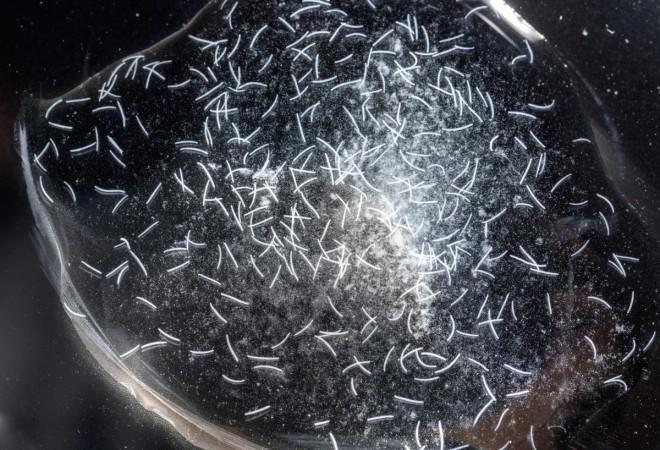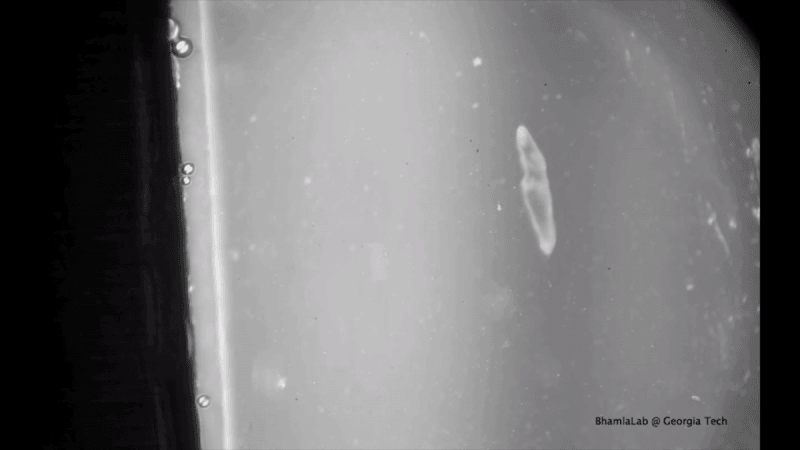
Most people would say that the cheetah, falcon or the sailfish are the fastest creatures on Earth. These animals, however, do not even come close to the actual fastest creature on the planet.
A recent study by researchers from the Georgia Institute of Technology (GIT) has found that the Spirostomum ambiguum, described as a single-celled protozoan achieves extremely fast acceleration using just its own body. It can accelerate up to 200 m/s2. That is extreme speed when compared to even the fastest race cars on the planet – F1 cars can go from 0 – 100 km/h in about 1.6 seconds, that translates to a measly 17.36 m/s2.

Spirostomum is commonly found in many lakes and ponds, notes a release by the GIT. It reportedly moves about using tiny along its body called cilia.
This creature's extreme speeds come to work when it contracts its entire worm-like body to escape danger. In a few milliseconds, Spirostomum can contract its entire body by over 60 percent. Normally, its body is about 4mm long and flat like a ribbon. But, when it wants to "run away" it contracts into the shape of a rugby ball, using muscles that are unlike anything found in the human body, say researchers.
An entire four-year study was dedicated to this mechanism, notes the release. The team wanted to know why the creature does not rupture its delicate internal organs every time it gets startled and has to scram. Physics and mathematics of this process could help advancements in nanotechnology in the development of tiny robots that can be barely seen with the naked eye.
Saad Bhamla of Georgia Tech's School of Chemical and Biomolecular Engineering spoke about how they look to nature to solve complex problems.
"We are always thinking about how to make these tiny things that we see zipping around in nature. If we can understand how they work, maybe the information can cross over to fill the gap for small robots that can move fast with little energy use," he said.
Muscles in higher animals, like humans, rely on actin and myosin proteins for movement and strength, but creatures like this Spirostomum owe their motion entirely to supramolecular springs, latches and motors that are almost more mechanical than biological.















